Basquiat: Boom for Real at the Barbican

Jean-Michel Basquiat was only 27 when he died of a drugs overdose in 1988. In a period spanning less than a decade before his tragic death, he transformed the New York art world with such force that the story of his life has become one of the most vivid and powerful myths of contemporary art. Basquiat’s name has become a byword for cool, and his paintings reach sky-high prices; a recent sale saw a painting go for $110 million, making him the most expensive American artist ever sold at auction.
Despite this fame, however, Basquiat has never received much institutional attention in the UK, and not a single work by the artist is held in a British public collection. This is perhaps because, as a self-taught artist who began his career in graffiti, museums don’t know quite what to do with him. It’s a difficult conundrum: how to stage a major institutional exhibition of work by an artist who is outspokenly anti-establishment.
This is something that the Barbican’s curatorial team approaches with aplomb, by placing Basquiat’s career in context. Without focusing too heavy-handedly on biography, Basquiat: Boom for Real examines the multi-faceted nature of his practice, from his teenaged tongue-in-cheek graffiti to his music, notebooks and collaborations with other artists including Andy Warhol and Keith Haring.
1980s New York was a far cry from the shining metropolis we know today. Levels of unemployment and crime were high, but there was also a burgeoning counter culture growing around the city’s nascent art scene and a handful of night clubs, where Basquiat went to DJ, party and make important connections. This sort of material is tricky to treat in the context of an exhibition, but Basquiat: Boom for Real does a good job of not making a cool concept uncool through over analysis. Instead, flyers, polaroid photographs and films are allowed to speak for themselves.
What becomes clear across the course of the show is that Basquiat’s casual, wonder-child reputation was partly an authentic expression of the artist’s personality, and partly a carefully honed persona that was as much a part of his artistic practice as his scrawled paintings.
One important aspect of the exhibition is the presentation of new scholarship on Basquiat’s work, tracing the many and diverse influences that can be found in his paintings. This is appropriate, because the artist’s works are not random scribblings made to please the art world, but important critiques of contemporary issues such as institutional racism. Basquiat’s references are as wide-ranging as television (which was often on in the background when he was working), Leonardo da Vinci, bebop jazz and blues and Charles Darwin.
Boom for Real shows a whole new side of an artist whom many people in the UK only know through his auction records. This is a Basquiat with an encyclopaedic interest in the world around him, whose work was both witty and poignant, poking fun at the art world while maintaining the persona that made him its darling; a persona that eventually led to his untimely death.
Anna Souter
Photos: Mike Garnell
Basquiat: Boom for Real is at the Barbican from 21st September 2017 until 28th January 2018. For further information or to book visit here.
Watch the trailer for Basquiat: Boom for Real here:


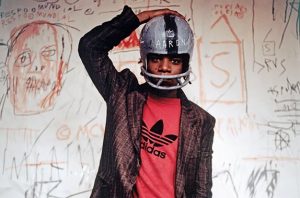
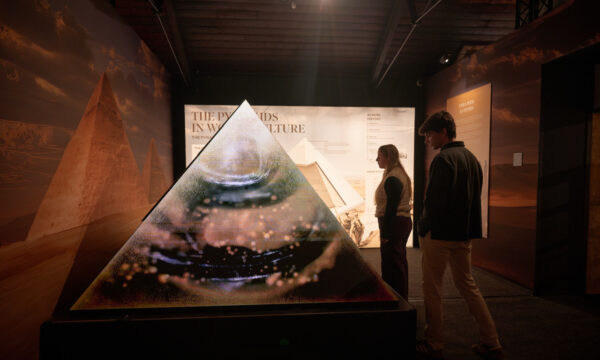
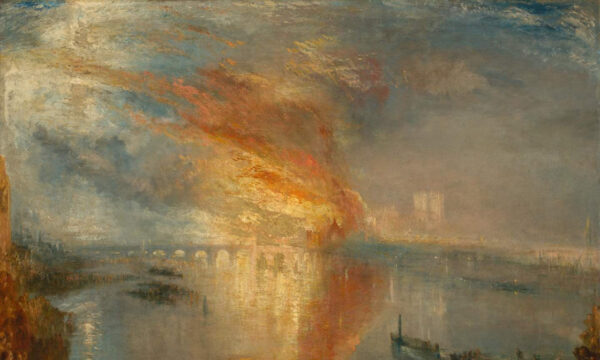
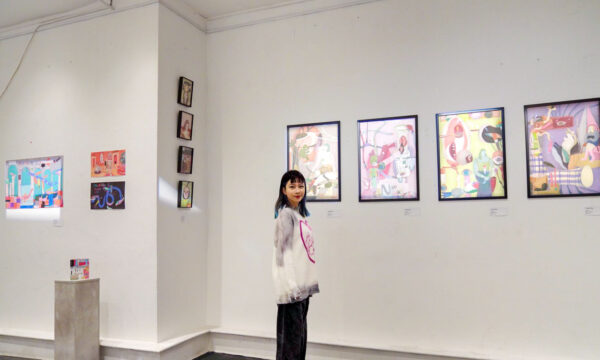
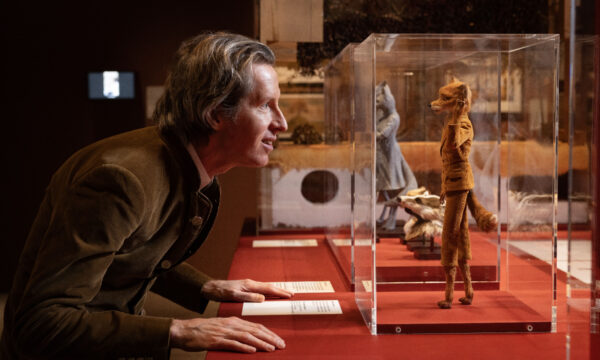
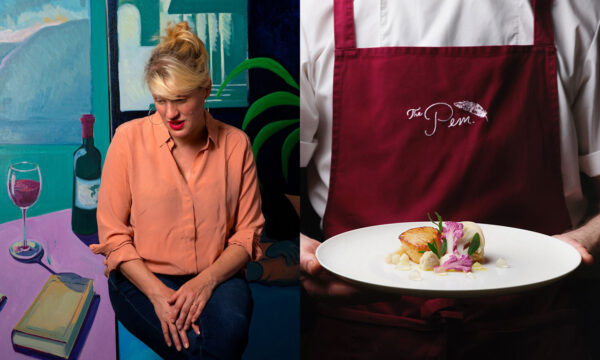
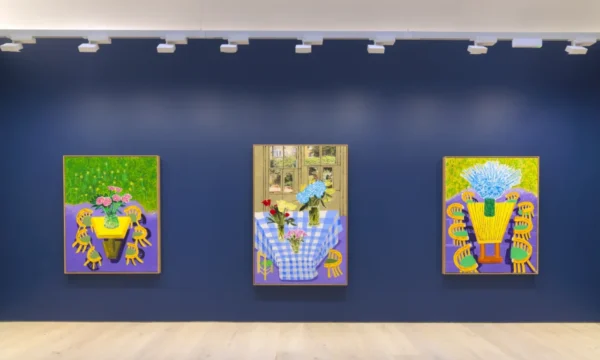
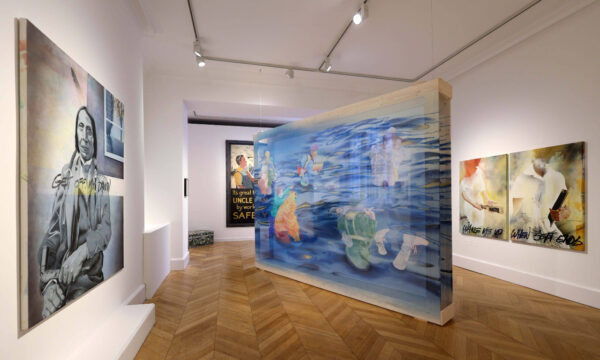
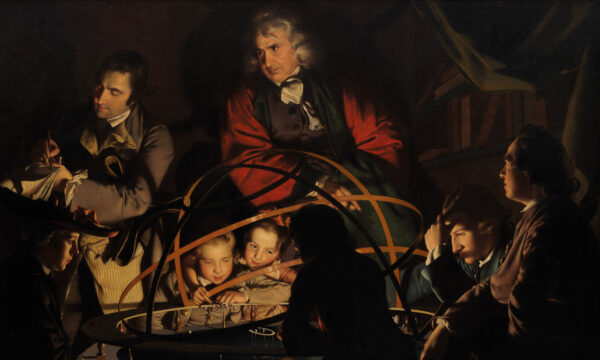



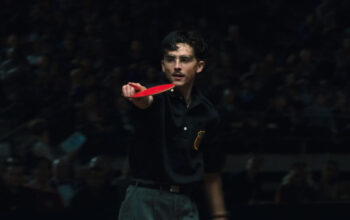






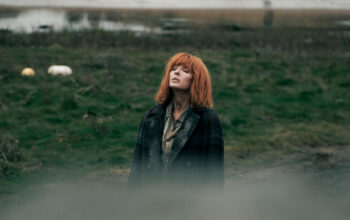





Facebook
Twitter
Instagram
YouTube
RSS